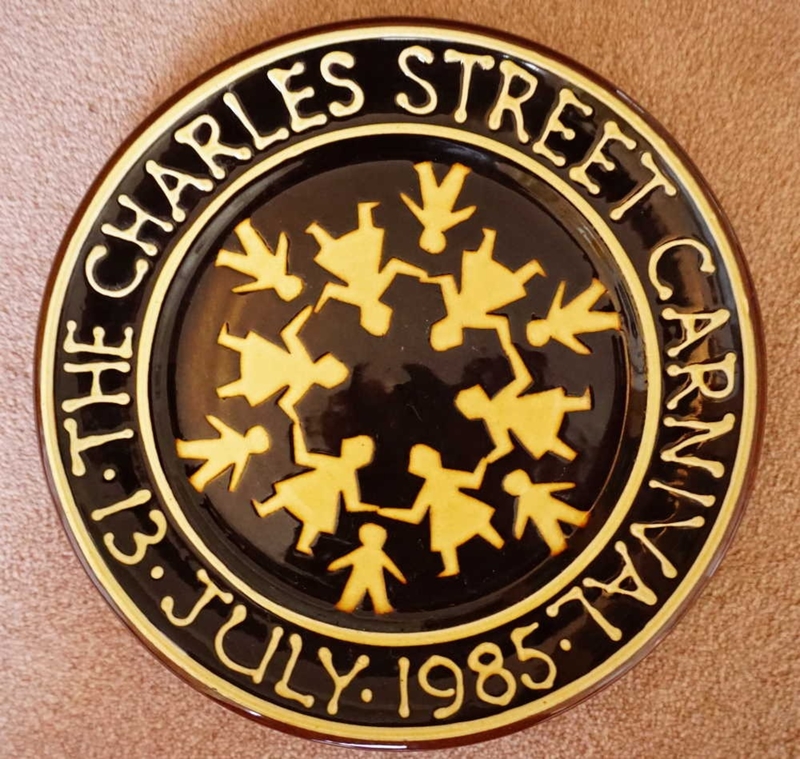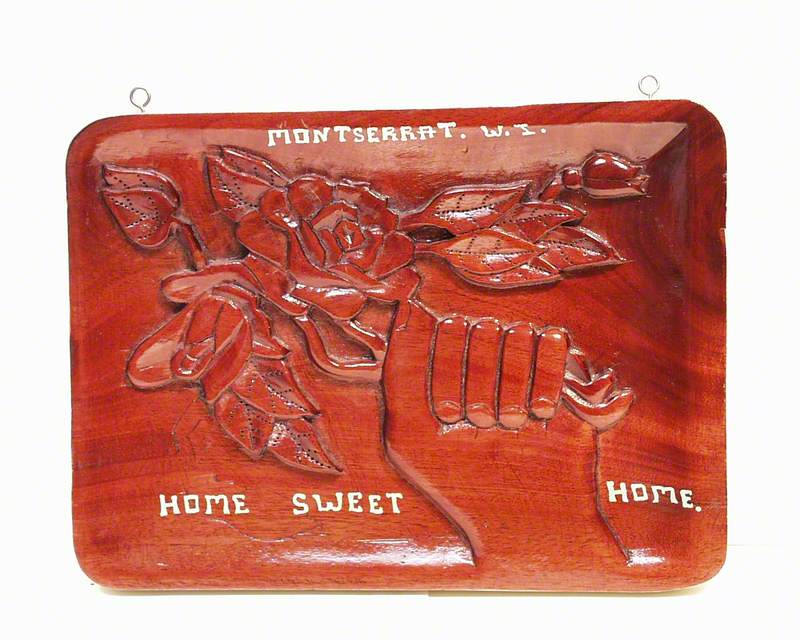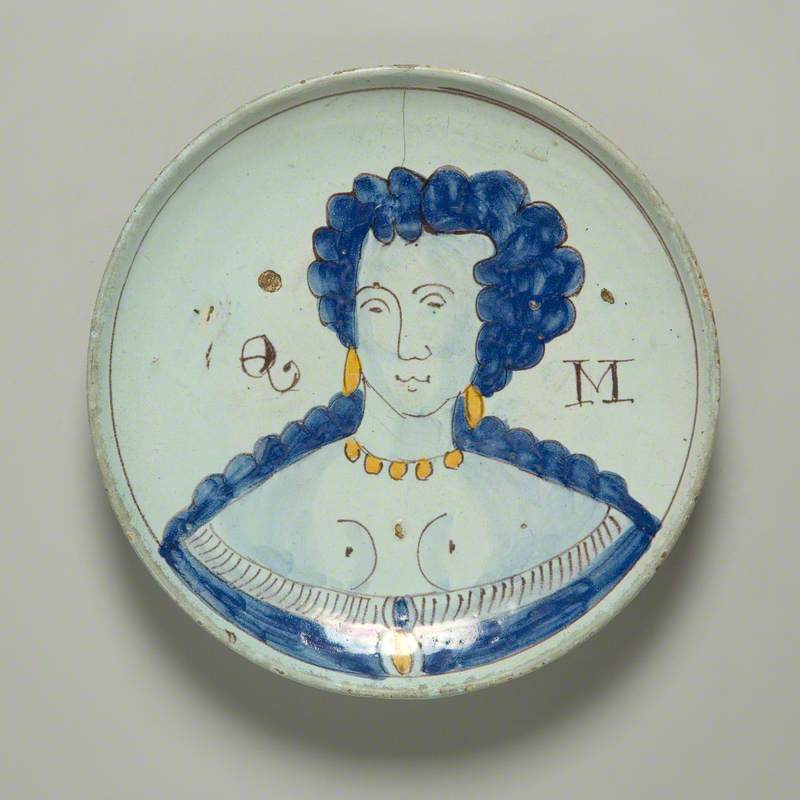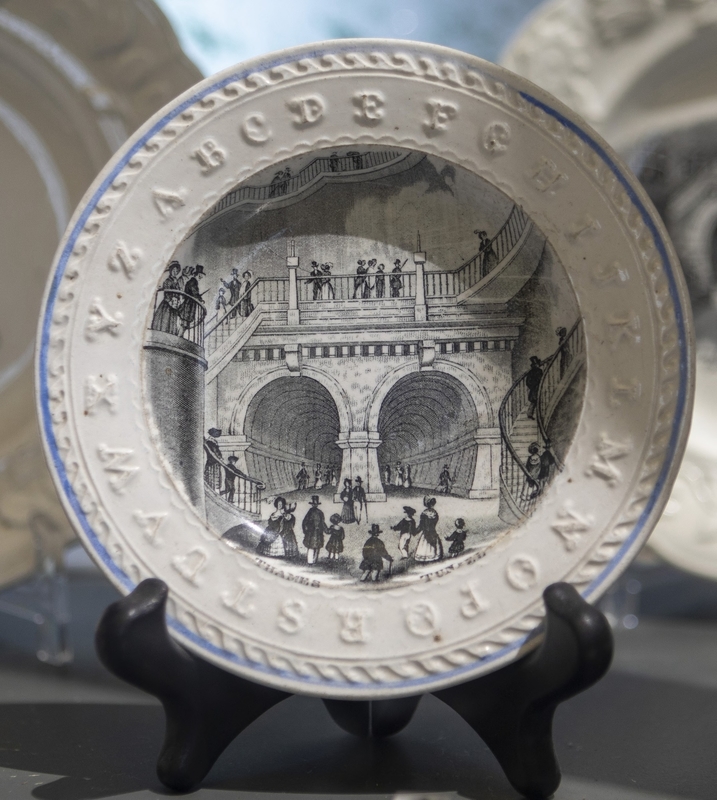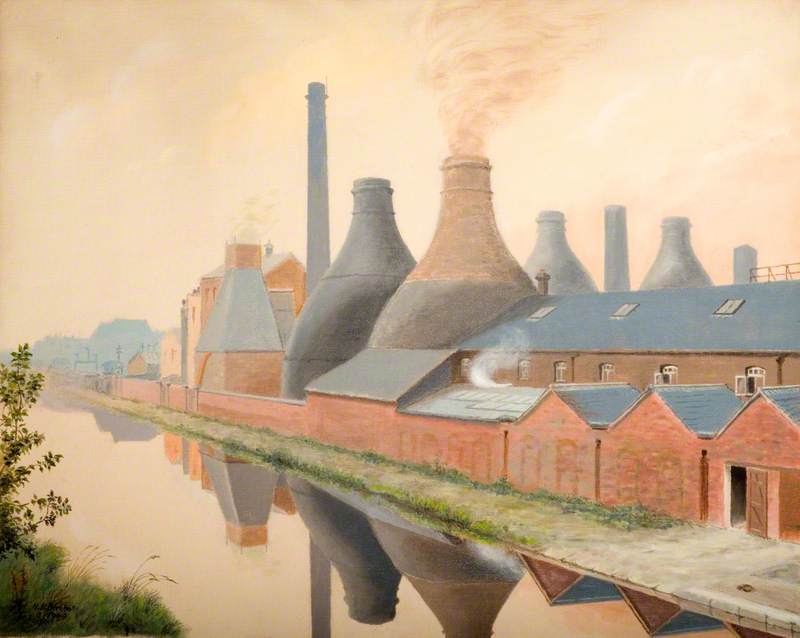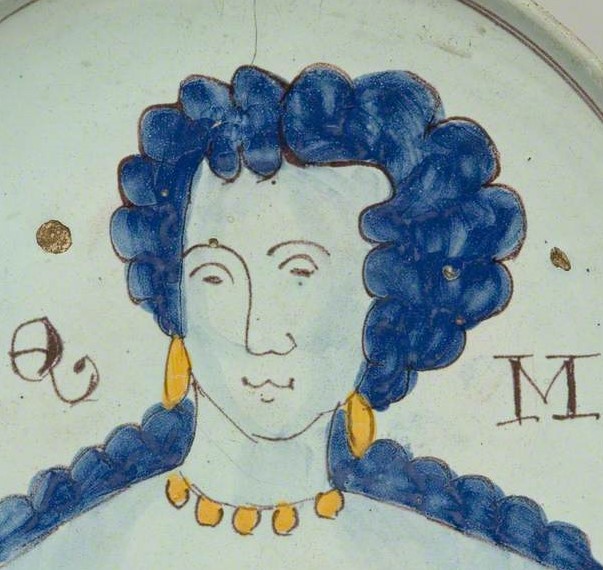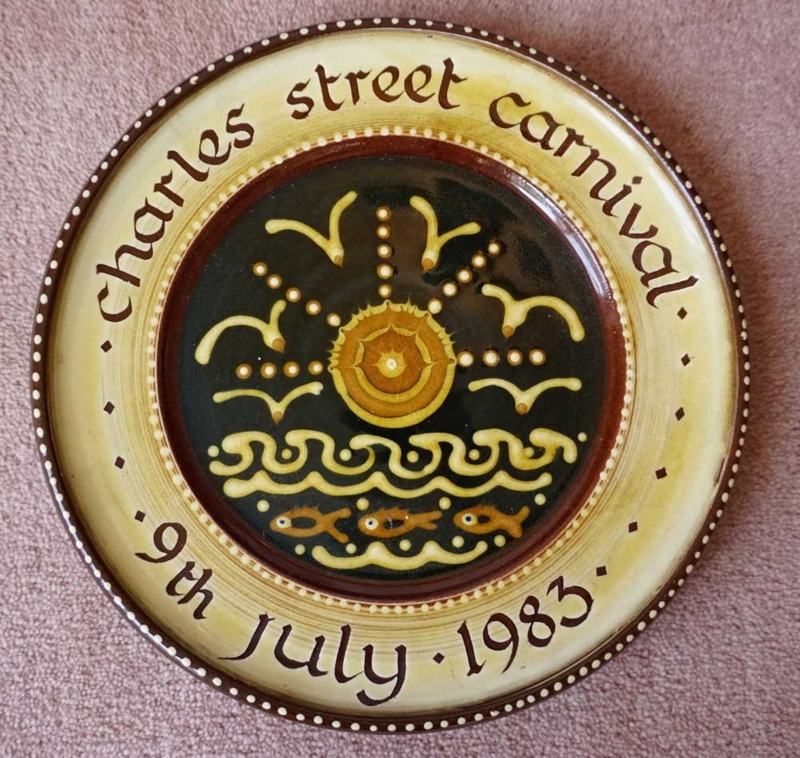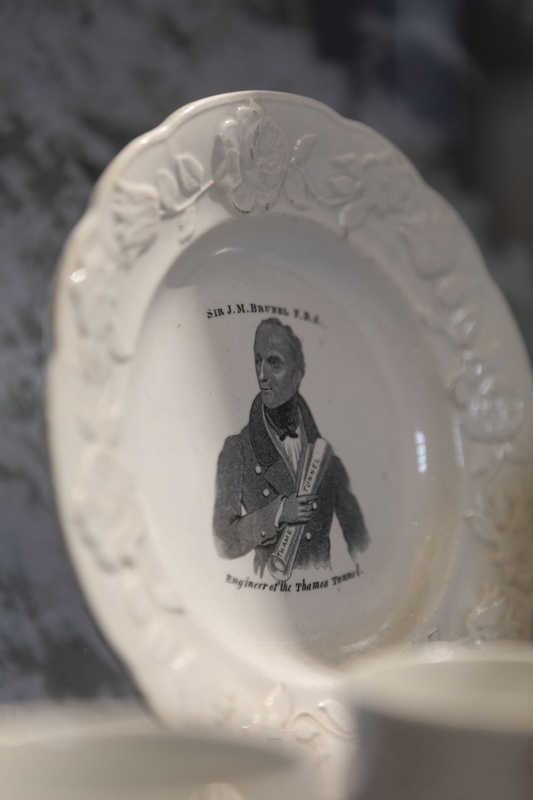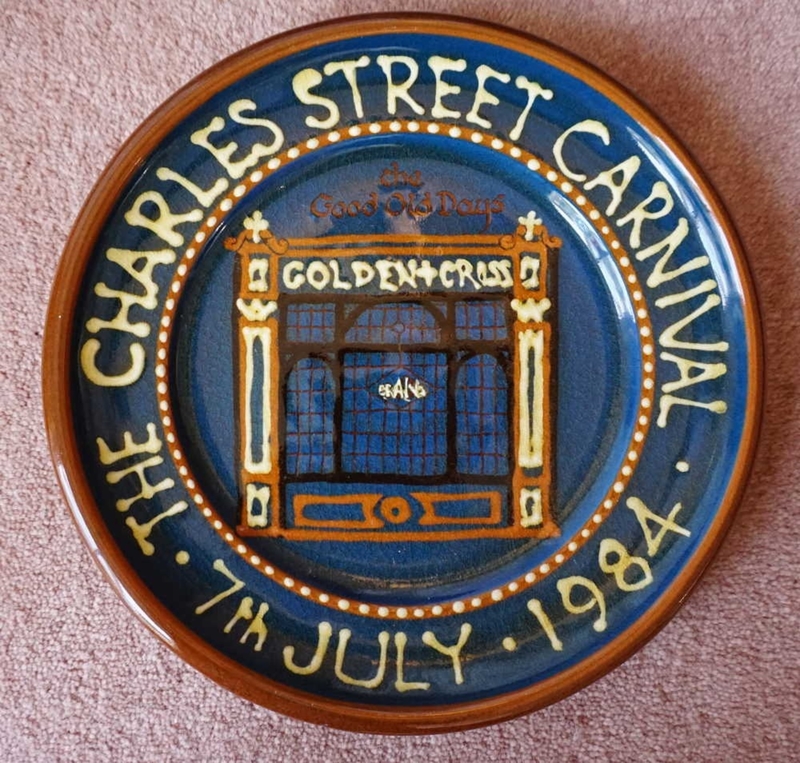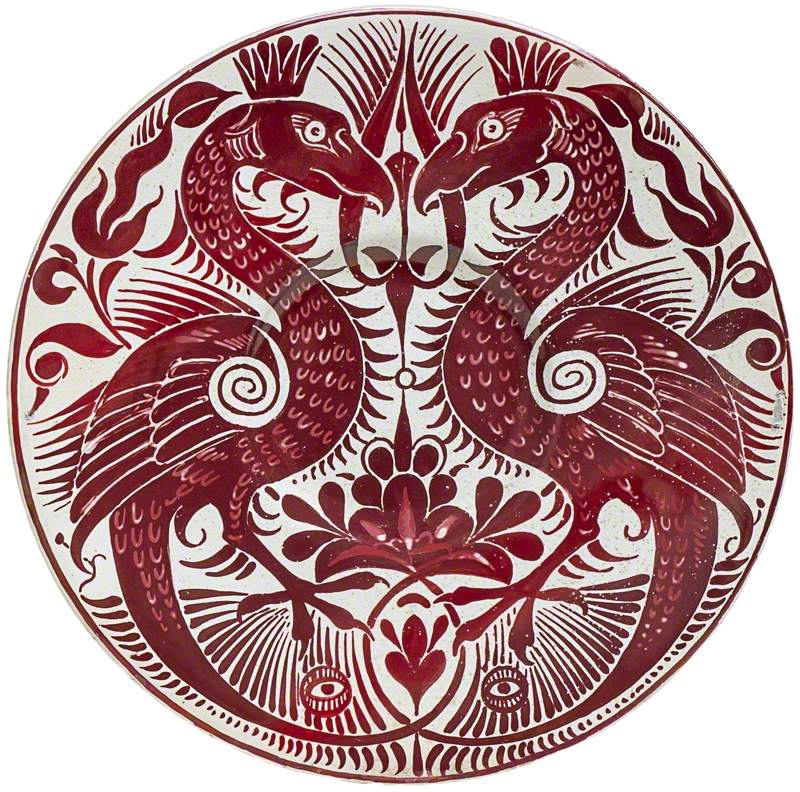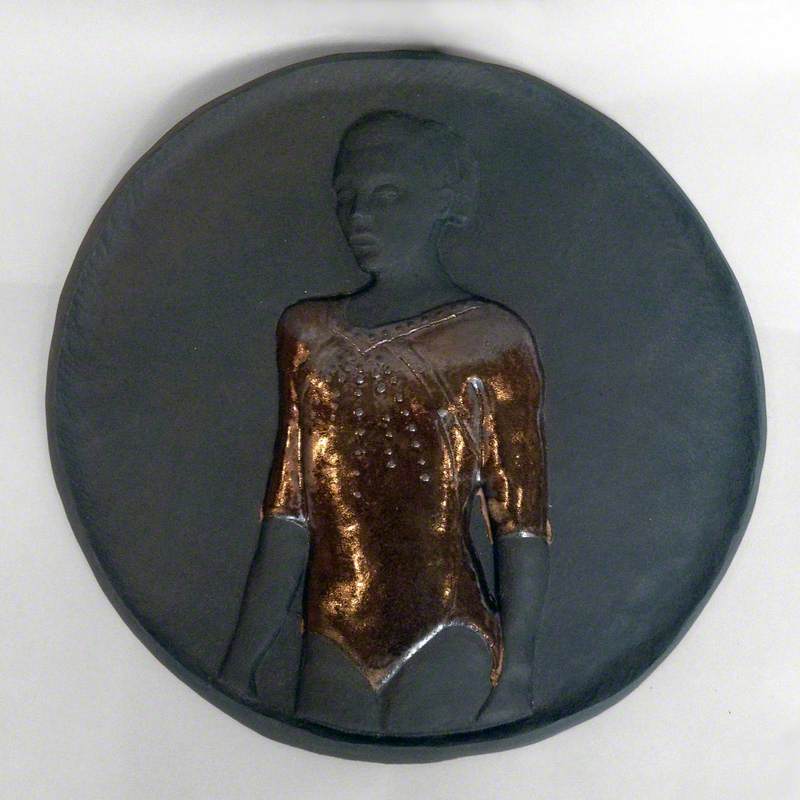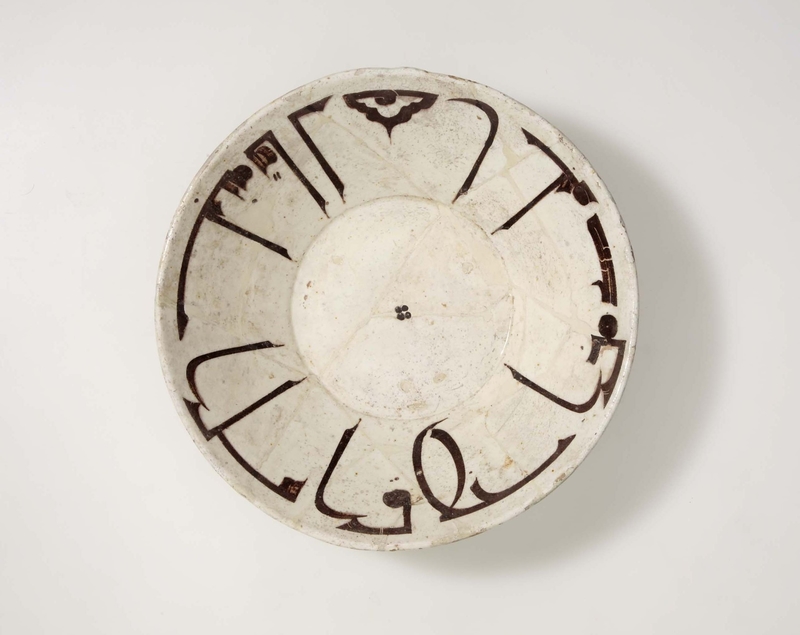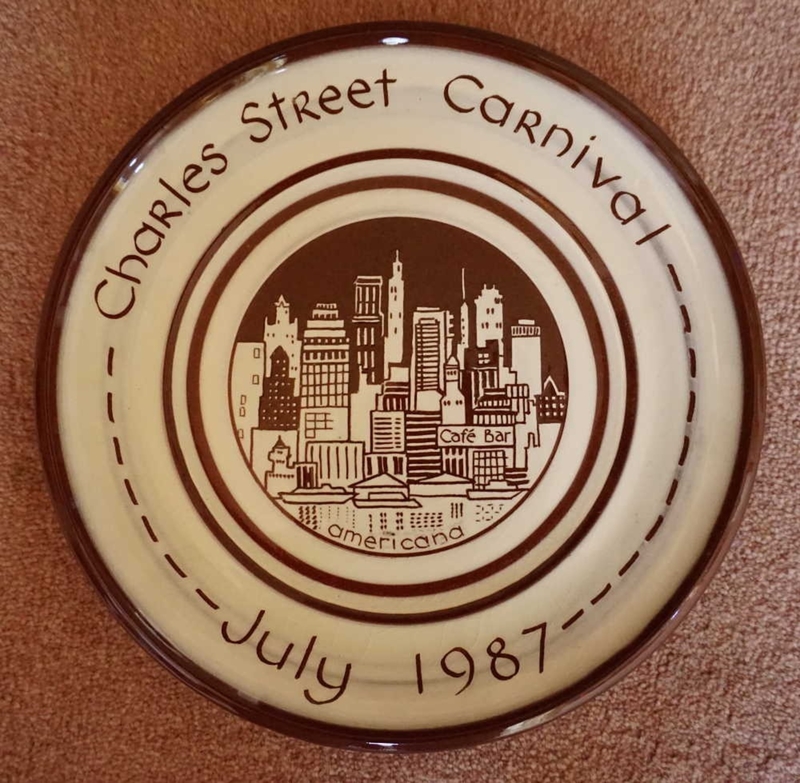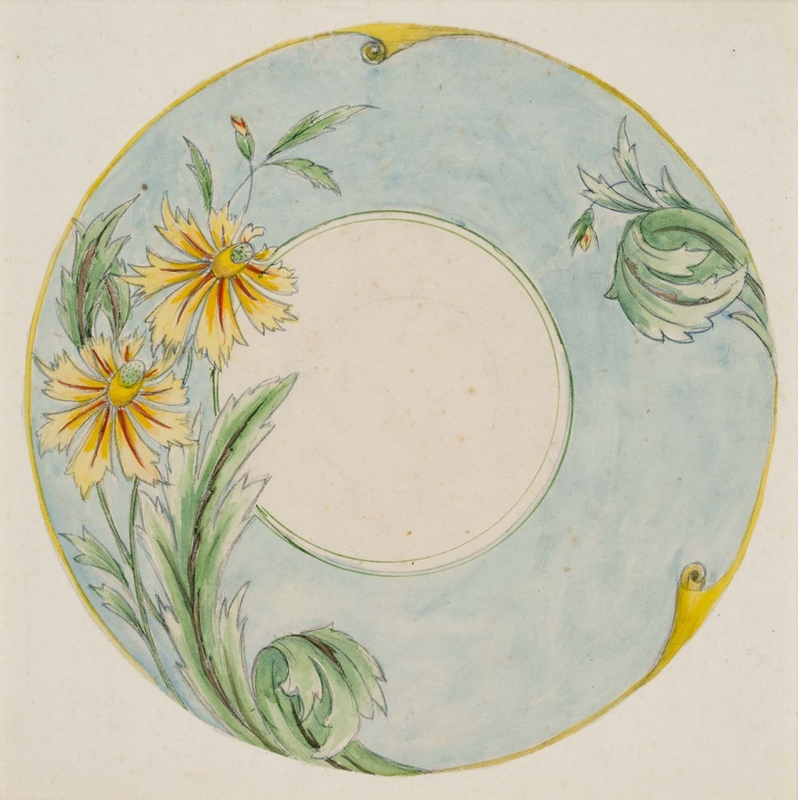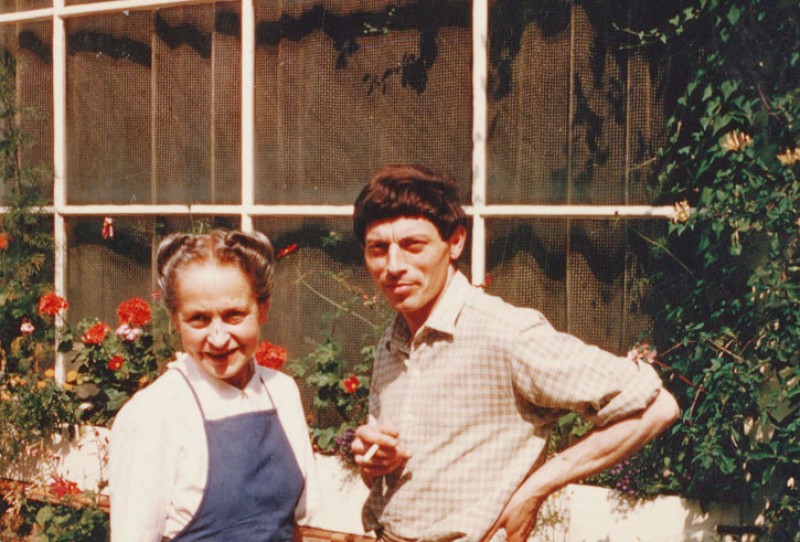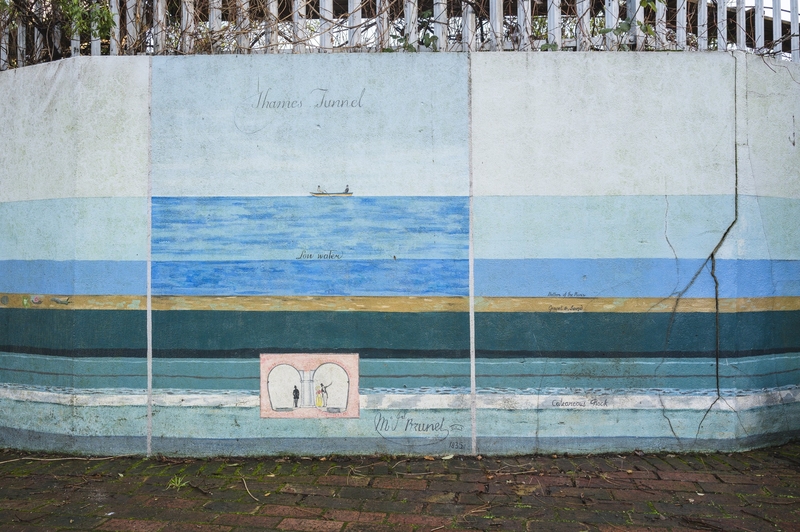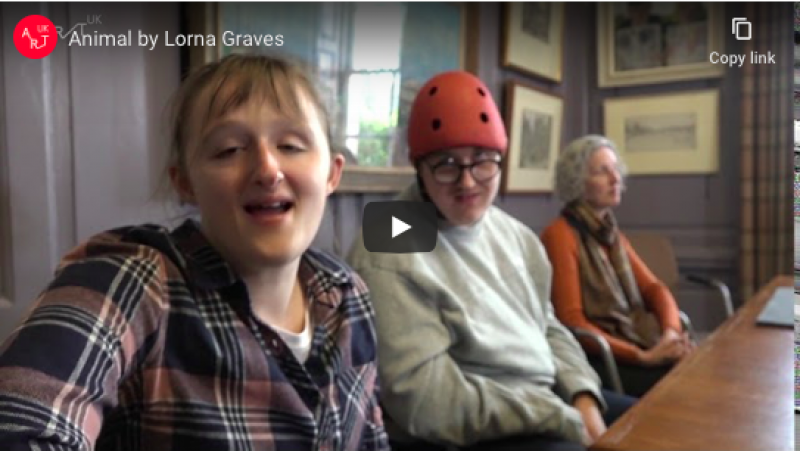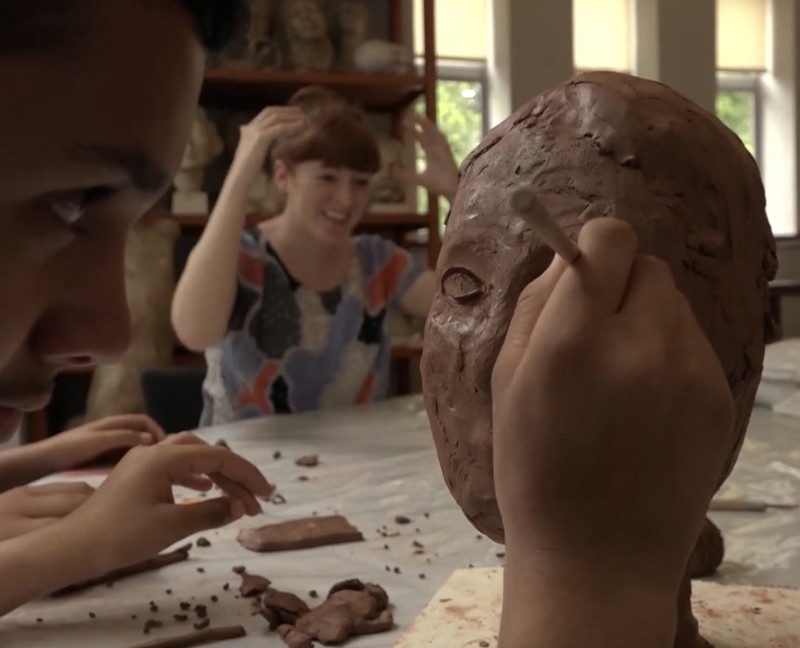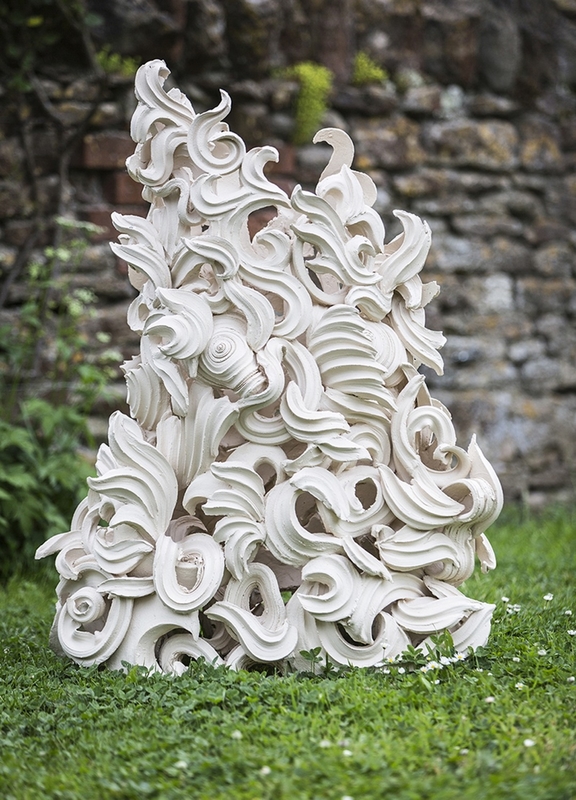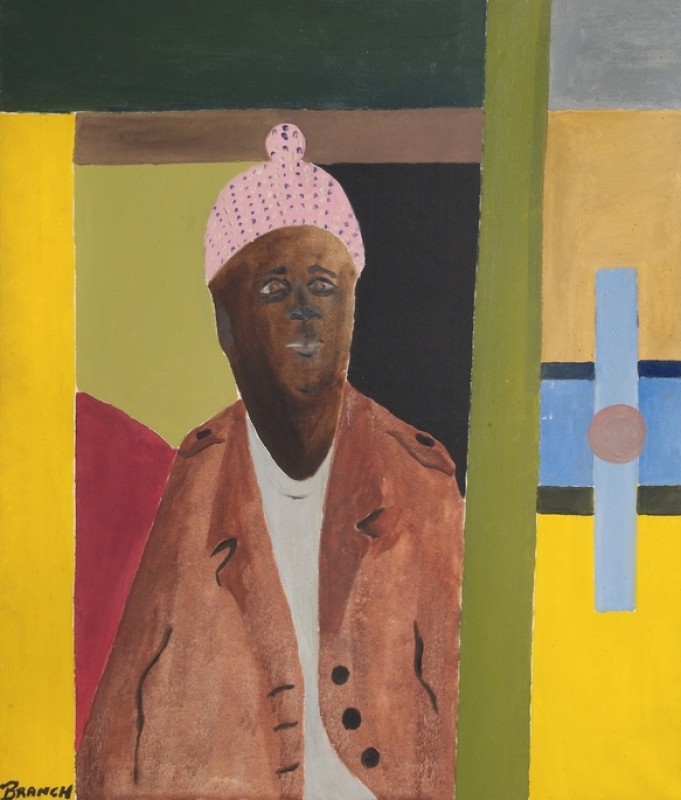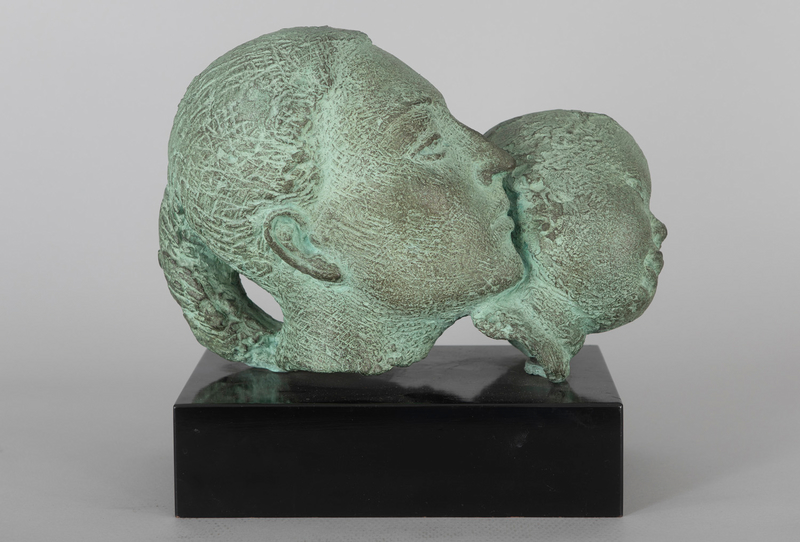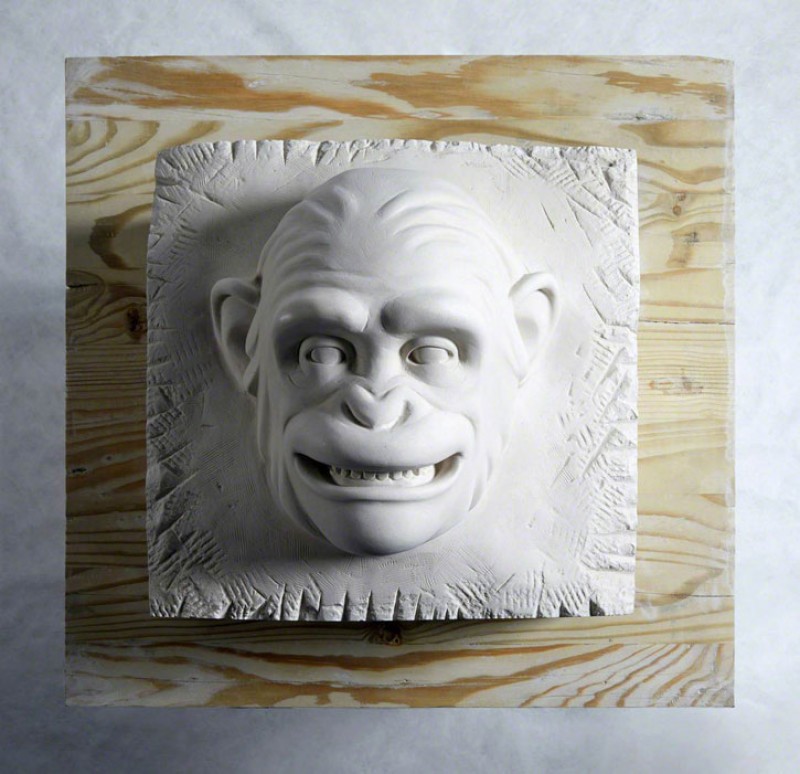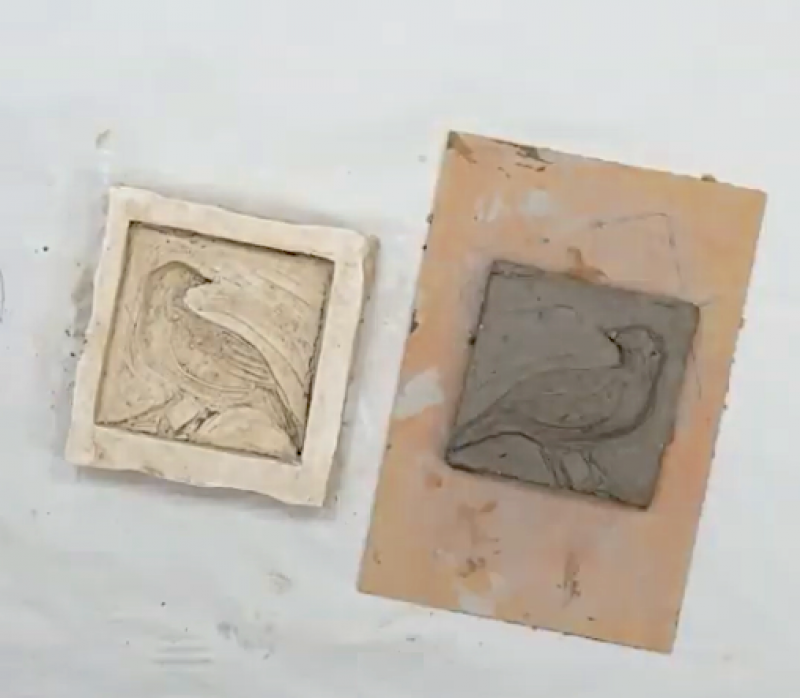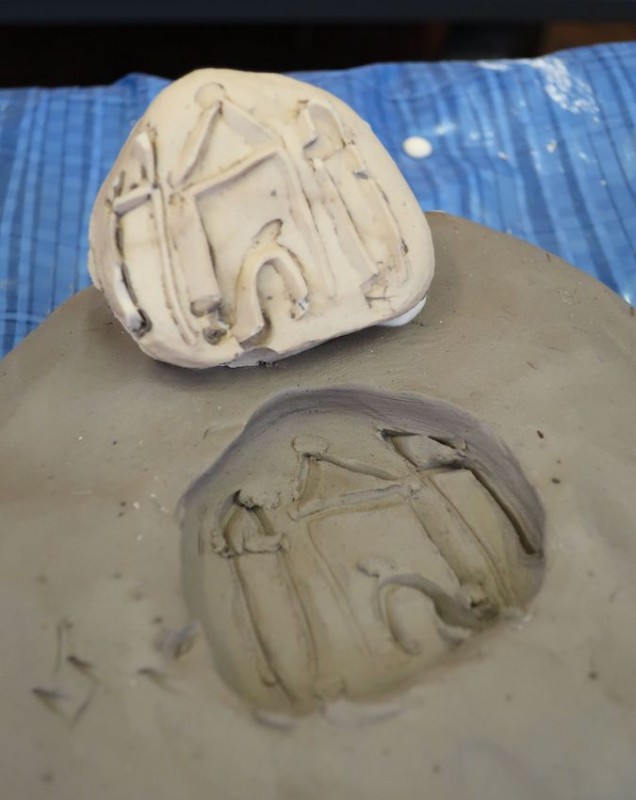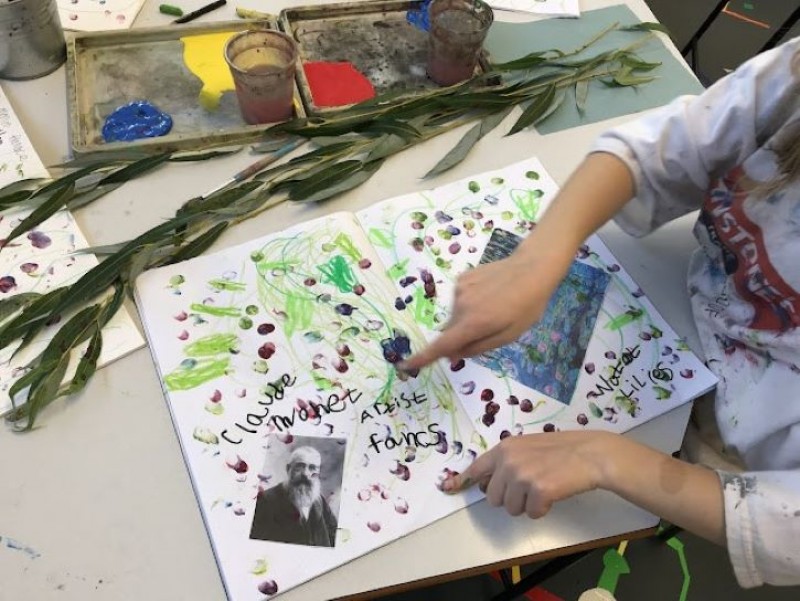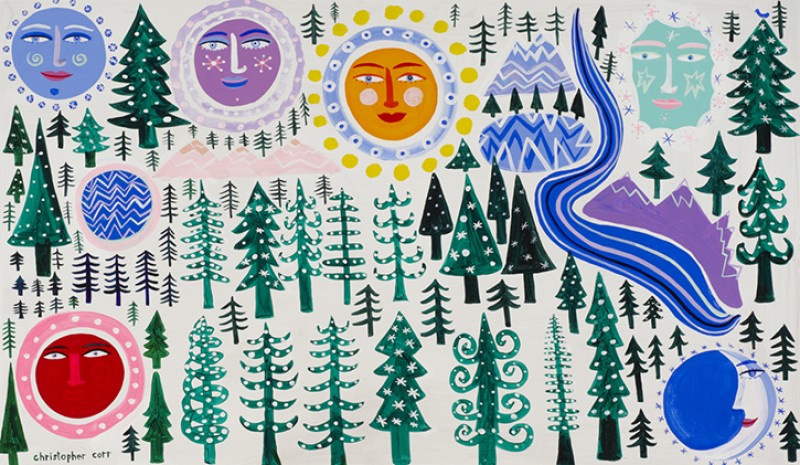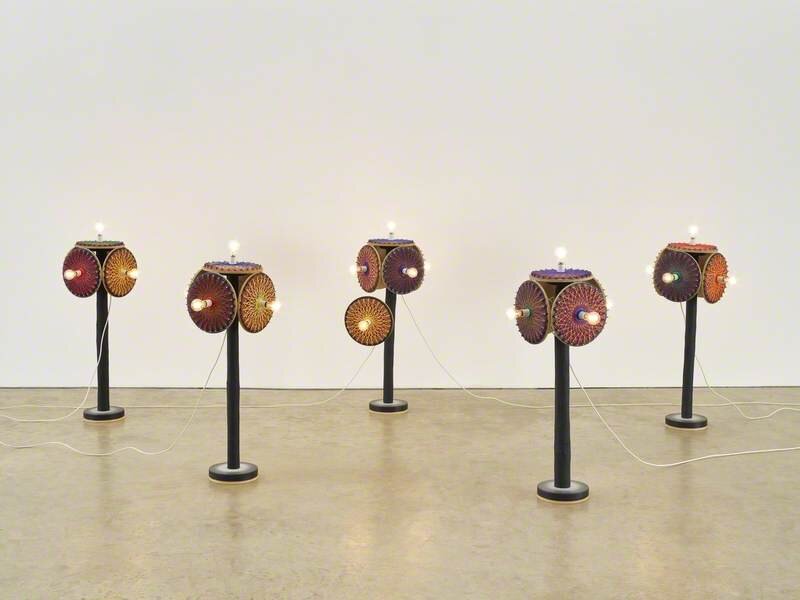Progression step 2
Expressive Arts
Exploring the expressive arts is essential to developing artistic skills and knowledge and it enables learners to become curious and creative individuals.
- I can explore and experiment with and then select appropriate creative techniques, practices, materials, processes, resources, tools and technologies.
- I can explore how and why creative work is made by asking questions and developing my own answers.
- I can explore and describe how artists and creative work communicate mood, feelings and ideas.
Responding and reflecting, both as artist and audience, is a fundamental part of learning in the expressive arts.
- I can give and accept feedback as both artist and audience.
- I can consider, with guidance, how moods, emotions and ideas are communicated both in my own creative work and in the creative work of others.
Creating combines skills and knowledge, drawing on the senses, inspiration and imagination
- I am beginning to apply techniques in my creative work with guidance and direction.
- I can use creative materials safely and with some control under supervision.
Humanities
Enquiry, exploration and investigation inspire curiosity about the world, its past, present and future
- I have been curious and made suggestions for possible enquiries and have asked and responded to a range of questions during an enquiry.
- I have experienced a range of stimuli, and had opportunities to participate in enquiries, both collaboratively and with growing independence.
Events and human experiences are complex and are perceived, interpreted and represented, in different ways
- I can form and express opinions about something that is important to me, considering my own ideas, feelings and those of others.
- I can recognise and explain that my opinions and the opinions of others have value.
Our natural world is diverse and dynamic, influenced by processes and human actions
- I can recognise the distinct physical features of places, environments and landscapes in my locality and in Wales, as well as in the wider world.
Human societies are complex and diverse, and are shared by human actions and beliefs
- I have explored and am aware of diversity in communities.
- I can contribute actively and constructively to my community.
Progression step 3
Expressive Arts
Exploring the expressive arts is essential to developing artistic skills and knowledge and it enables learners to become curious and creative individuals.
- I can explore the effects that a range of creative techniques, materials, processes, resources, tools and technologies have on my own and others’ creative work.
- I can explore how creative work can represent, document, share and celebrate personal, social and cultural identities.
Responding and reflecting, both as artist and audience, is a fundamental part of learning in the expressive arts.
- I can apply knowledge and understanding of context, and make connections between my own creative work and creative work by other people and from other places and times.
- I can reflect upon how artists have achieved effects or communicated moods, emotions and ideas in their work.
Creating combines skills and knowledge, drawing on the senses, inspiration and imagination
- I can combine my knowledge, experience and understanding to plan and communicate my creative work for a range of different audiences, purposes and outcomes.
- I can draw upon my familiarity with a range of discipline-specific techniques in my creative work.
- I can draw upon my design knowledge and make connections with greater independence to modify and develop my creative designs.
- I can identify and respond creatively to challenges with resilience and flexibility.
Humanities
Enquiry, exploration and investigation inspire curiosity about the world, its past, present and future
- I can use my experiences, knowledge and beliefs to generate ideas and frame enquiries.
- I have actively engaged with a range of stimuli, and had opportunities to participate in enquiries, both collaboratively and independently.
- I can use appropriate methods to gather information related to my enquiries and I am able to interpret the information obtained in the context of the enquiry question
- I can present my findings in a variety of ways, drawing conclusions and making judgements based on the evidence used.
Events and human experiences are complex and are perceived, interpreted and represented, in different ways
- I can form, express and discuss my own opinions on a range of issues after considering evidence and the views of others.
- I can infer and compare people’s opinions, viewpoints and interpretations from sources and evidence.
- I can use evidence to explain how aspects of the past have been represented and interpreted in different ways.
- I can begin to understand that interpretations are influenced by identity, experiences, viewpoints and beliefs
Human societies are complex and diverse, and are shared by human actions and beliefs
- I can explore a range of ways in which identity is formed and some of the influences that impact upon diversity in society.
- I have an understanding of how factors in the past and present have shaped my communities.
